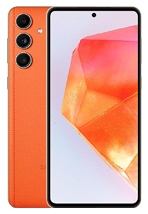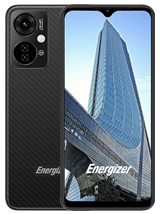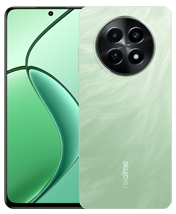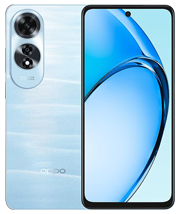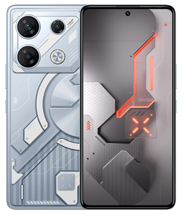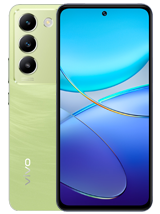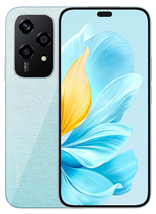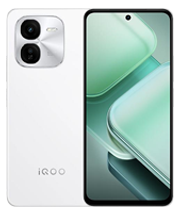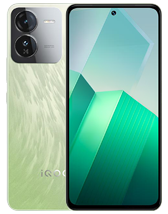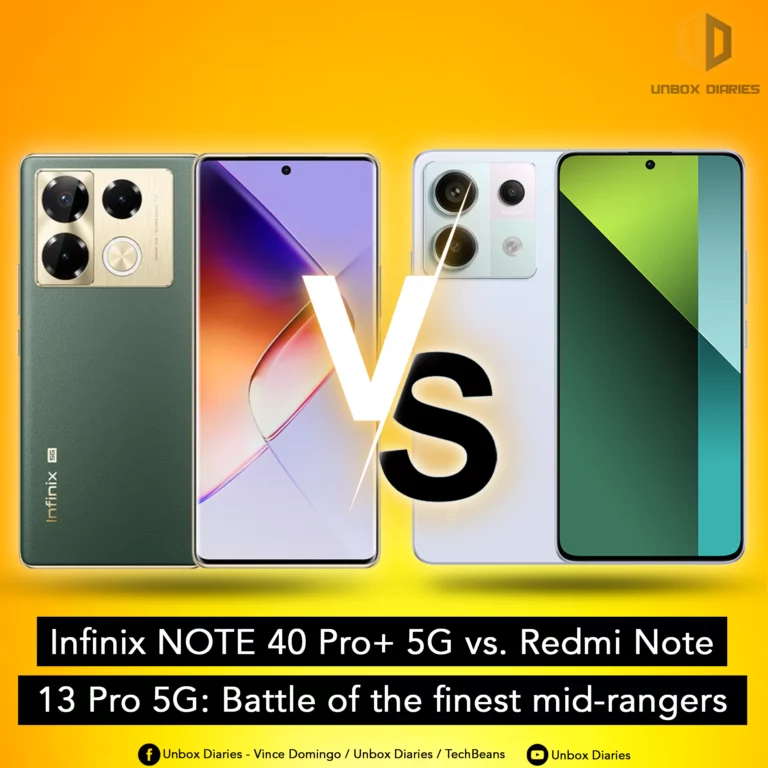Two tech giants are joining forces to accelerate intelligent automotive with new POCs powered by upcoming hardware and software.
Electric vehicles and automation have merged in recent years, resulting in smart cars in many countries. While these high-tech vehicles are equipped with hardware and software tools for safe driving, there are still numerous challenges, including widespread use and next-generation experience.
During the recent MediaTek Executive Summit, two leaders from MediaTek and Nvidia discussed the future of AI on automotive applications. They provided proof-of-concepts that are still uncommon today.
Ephrem Chemaly, VP and GM of the automotive business unit at MediaTek, explained an interesting feature of an AI-powered car where it should be able to ask you if you’d like to buy something on your way home or when you reach a particular route.
The same feature should also allow the AI to suggest a new route from your work to your home to avoid traffic and get you to relax. But it’ll only do so after it senses your mood. Of course, the AI must ask for permission and shall not decide on its own. The user, meanwhile, can always decline and instruct the AI on what to do.
Ali Kani, VP and GM of automotive division at Nvidia, added on how to level up the AI cabin experience. He suggested enabling gaming inside a car, but for the people at the backseat.
Another POC suggested is the visualization of safety while the car is in self-driving mode. If users can see everything from the outside, they’ll likely feel safer. Thus, graphics play a key role in such an advanced vehicle.
Here are some of the other POCs for future AI-powered vehicles:
- Contextual awareness: By using the right hardware and software tools, the AI car is aware whether the occupant is a driver, passenger, or someone else. It knows the car owner’s background, education, and more. The car will interact with the occupants based on known data.
- Driver and occupant monitoring: Through AI, the car recognizes the users’ gestures, like pointing at something while asking a question, detecting if the driver is drowsy, or alerting the driver of the green light if they’re doing something else.
- Expanding experience: The windshield is the driver’s main window to the outside world but with the right tools, it may serve HUDs for numerous functionalities.
The two also revealed that the next-generation of automated vehicles are software-defined. Just in smartphones, what’s installed is what will define its purpose and longevity.
As of writing, no products have been announced related to the aforementioned POCs.

